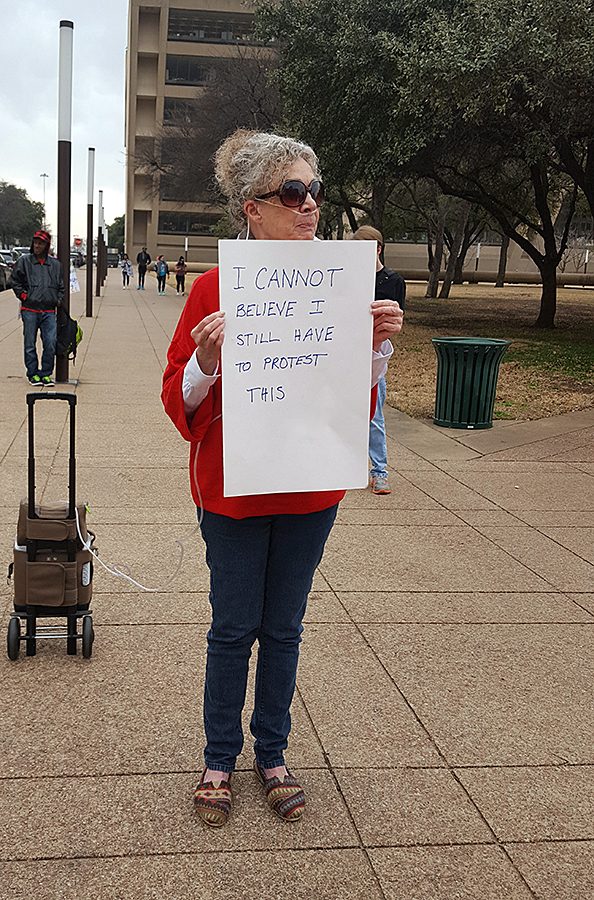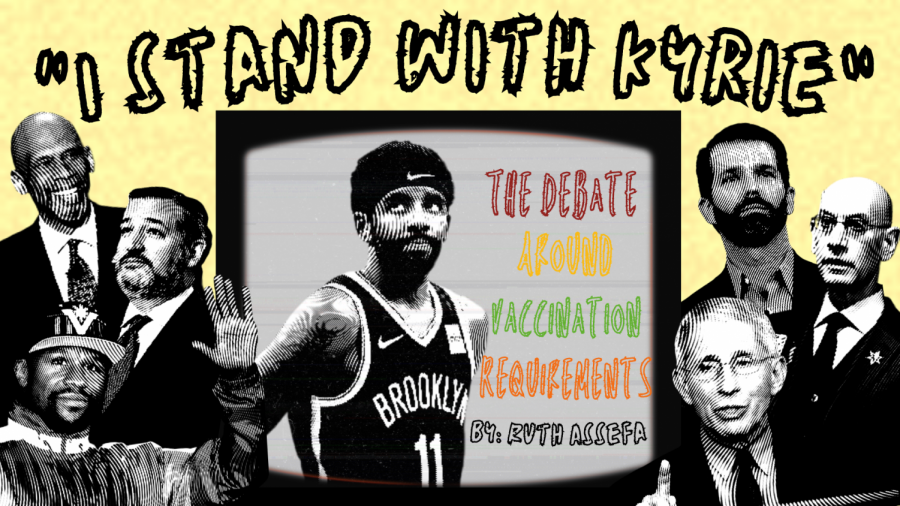Study: Poverty Level Communities Face Higher Temperature Rates
As one of the hottest summers on record, new studies are showing who is affected the most by the extreme heat conditions. In an investigation done by NPR, it was found that some of the most populated cities in the U.S show a pattern of lower-income areas is facing the worst temperature conditions. The research concluded that not only were this area low-income but also disproportionately people of color. This constant exposure to extreme heat temperatures can and have shown dire health consequences. For example, places like in Baltimore see a spike in emergency calls due to heatstroke when temperatures rise through the summer.
The bigger risk this shows is the lack of access to adequate healthcare in these low-income areas. The study also found that in Baltimore, patients with Medicaid lived in cooler areas in the city. With the lack of access to Medicaid, those experiencing health risks simply by where they live are more likely to not seek treatment or get the assistance they need. However, those in low-income areas faced higher rates of heart disease and asthma. This study contributes to a larger affair that’s seen within the United States where poverty level communities, that are disproportionately people of color, are in areas that have environmental ramifications, coined the term environmental racism. In past years, rises in cancer diagnosis and asthma were seen in neighborhoods near toxic industrial buildings. The issue, however, faces an uncertain future as the Trump administration has been dismantling many policies that were enacted to address the rise of environmental racism.

My name is Gelila Negesse, I'm a senior at North Garland High School and this is my third year on newspaper staff. I came on staff to create graphics and...























